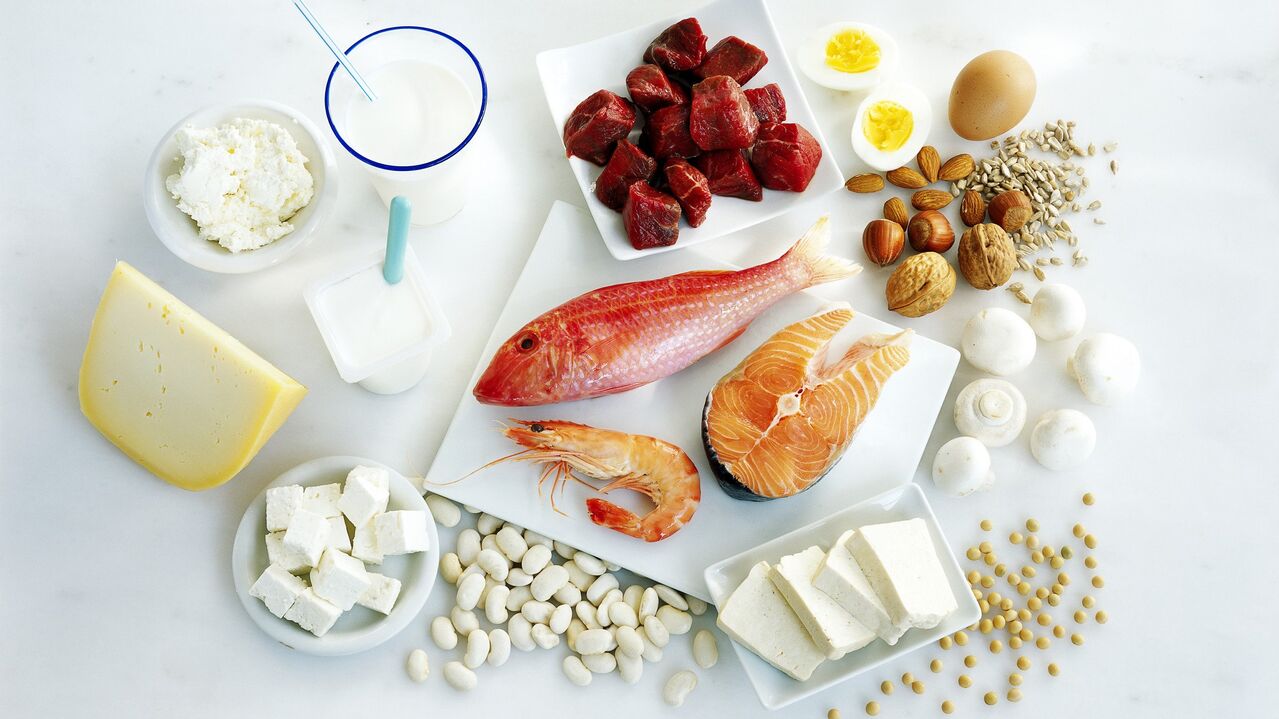
A protein diet is a common nutritional system that helps manage excess weight.As the name suggests, this diet is based on protein.At the same time, the fat and carbohydrate content is also reduced.As a result, metabolic processes in the body change.He is forced to consume large amounts of fat for energy.
Principles of protein diet
Protein is very important for the proper functioning of the body.Muscle tissue, organs, blood cells, and the immune body are all formed from this substance.It is also contained in the structure of skin, hair and nails.
The main functions of protein include:
- Structural.Protein is considered the building block of the body.They are part of bones, hair, skin and muscles.
- Metabolic and enzymatic.The basis of hormones and enzymes is pure protein or its combination with other elements.
- transportation.Proteins transport important elements to organs and cells.These include molecules, ions and useful substances.Therefore, hemoglobin carries oxygen to the cells of the body.
Protein is important for the proper functioning of the immune system.They provide reliable protection against infection.In addition, these substances contribute to beauty and youthfulness.This occurs due to the renewal of elastin and collagen fibers.
Protein substances enter the human body from animal foods.It contains many valuable amino acids required by the human body.
Plant proteins do not provide the body with adequate amino acids.At the same time, they are able to combine with other substances.This gives you a complete protein.
Metabolic disorders occur when there is a lack of protein in the body.The basic principle of a protein diet is to replenish the body with important substances needed for normal functioning.In a typical diet, protein content is usually 12%.During dieting, this number increases significantly due to the reduction in fat and carbohydrate content.
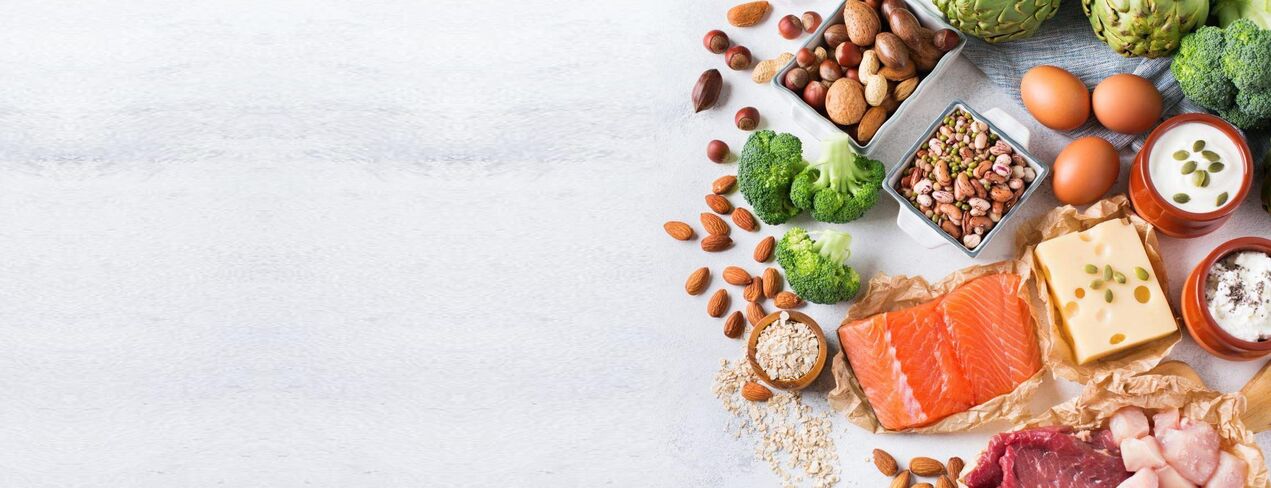
Characteristics of protein diet
Following a protein diet is very easy.This is because it can be adapted to one's personal preferences and taste wishes.
In order to obtain good results, you must adhere to the following features of a protein diet:
- Write down the menu. To do this, you need to start keeping a food diary.This can be done manually or using a special program.
- Find out your protein intake. To do this, you should keep an eye on your weight.
- Maintain protein balance.The menu can include foods containing essential amino acids.
- Control the lower protein standard limit.Even outside of diet, the body must get the required amount of protein.The average is 30 grams.
- Monitor the biological value of proteins.It’s best to give priority to fresh meat, eggs and dairy products.Also, it's best to avoid processed foods like bacon, sausage, and ham.
- Combine protein with herbs and vegetables.The diet should contain adequate amounts of vegetables, fruits and herbs.
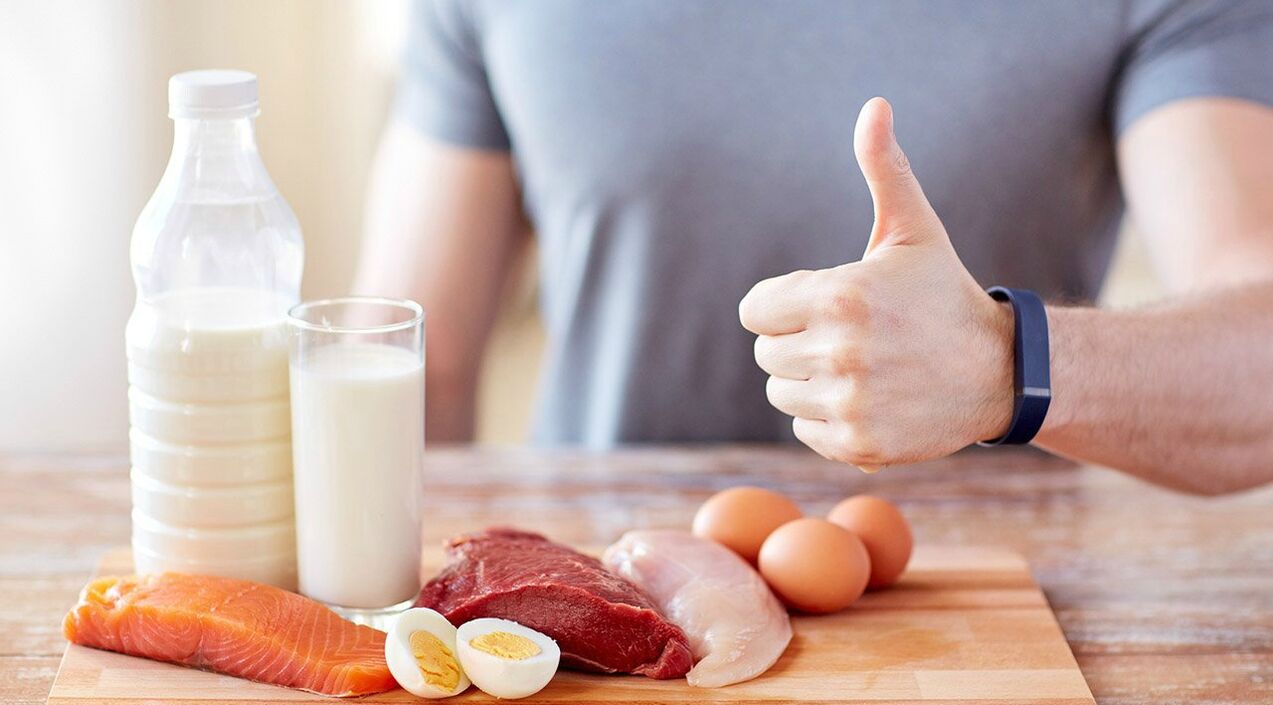
Benefits of a protein diet
The great thing about a protein diet is that not only does it help shed excess weight, it also does the following:
- Increase muscle mass. The combination of protein and strength exercises is thought to be particularly effective.
- Reduce age-related muscle loss. Many people lose muscle mass over the years.You will be able to prevent such losses if you include protein shakes in your menu.
- Strengthen bones.A protein diet can help avoid the development of osteoporosis, which is more common in women.This nutritional system helps reduce risk by 69%.
- Accelerates wound healing. Eating protein foods can normalize the recovery process after an injury or surgery.
Dangers of Protein Diet
The danger of a protein diet is that meat foods contain a lot of calories.Therefore, uncontrolled protein use can lead to weight gain.It is recommended to count calories carefully and avoid exceeding daily intake.
Severely restricting carbohydrate intake can put severe stress on the body.Sugar keeps the brain active.If you give it up entirely, you risk worsening mood and diminished concentration.
A lack of fiber in the diet and increased protein digestion can cause constipation.To minimize the strain on your kidneys, you need to drink plenty of fluids.The diet should also include vegetables and herbs.
Other disadvantages of protein diets include:
- Increased renal load.When large amounts of protein are consumed, the oxidation of its elements (amino acids) leads to an increased load on the kidneys.In addition, such a nutritional system can also lead to the appearance of stones.
- The threat of metabolic disorders. During amino acid processing, by-products are synthesized that interfere with fatty acid oxidation.If the diet contains high amounts of fat, underoxidized substrates can accumulate in the body.They disrupt the action of insulin and increase the risk of metabolic disorders.
- Lack of vitamins and trace elements. This risk is only associated with a strict high-protein diet.Therefore, nutritionists do not recommend completely eliminating fruits, vegetables, and grains from the diet.If this is not possible, you should take additional vitamins.
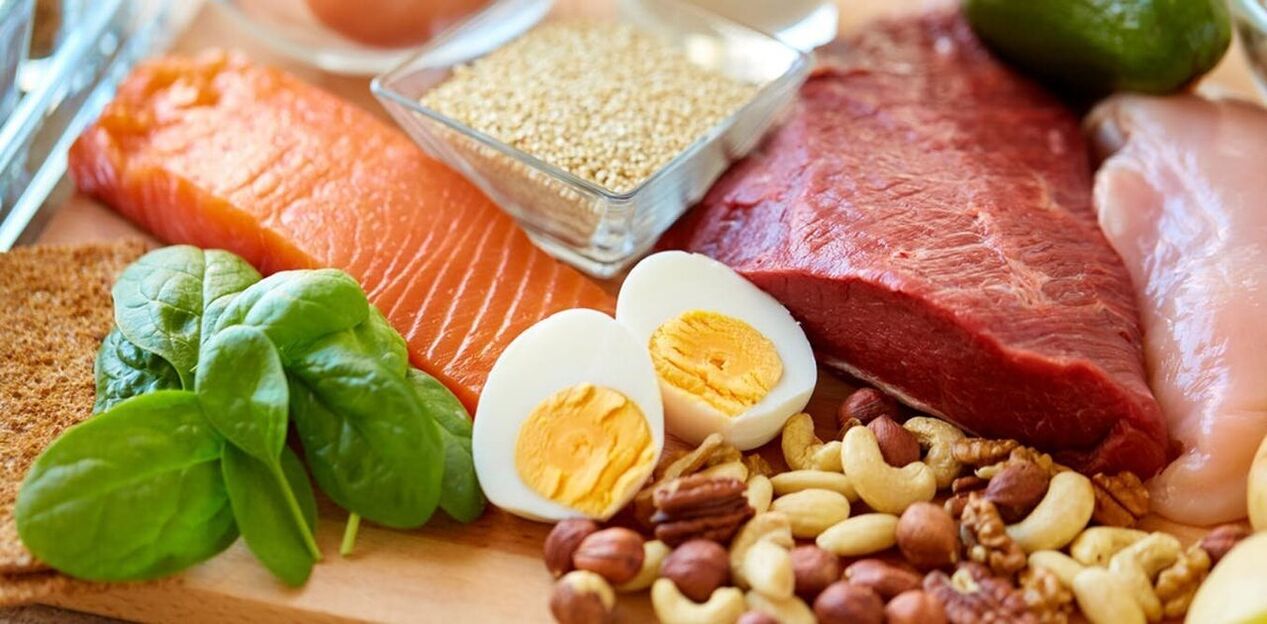
Foods Allowed and Prohibited on a Protein Diet
To ensure that a protein diet for weight loss does not harm your body, you should follow these recommendations:
- Drink enough fluids - at least 2 liters;
- Take a multivitamin;
- Consume at least 1,200 calories a day.
The list of foods allowed on a protein diet includes:
- lean fish;
- internal organs;
- Skinless poultry - preferably chicken, turkey;
- low-fat dairy products;
- seafood;
- veal and beef;
- apples and citrus fruits;
- Cucumbers, tomatoes, cabbage;
- cereals;
- egg white;
- Unsweetened mineral water, tea and coffee.
Products prohibited in protein diets are:
- bakery;
- candy;
- canned food;
- fatty dairy products;
- semi-finished products;
- sweet fruit;
- Juice, sweet carbonated drinks;
- starchy vegetables;
- preserves;
- Sugar and its analogues.
The way you prepare food is very important.It should be steamed, boiled and baked.Don't fry food in oil or pour greasy sauces on it.To improve the taste of the dish, use herbs, salt, soy sauce and pepper.You can also use lemon juice and balsamic vinegar.

Protein diet for pregnant women
During pregnancy, the need for protein foods increases significantly.Most amino acids are used in children's development.Many are convinced that such a food system will only mean severe restrictions.However, a protein diet for pregnant women implies the regulation of these substances in the diet.
During childbirth, it is recommended to eat up to 2-2.5 grams of protein food per 1 kilogram of body weight.This means the daily intake should be around 100-120 grams.
At the same time, other products must certainly be included in the diet.Fats and carbohydrates are a must.They are necessary for the overall development of the child.At the same time, you should give up sugar, bread and pastries.
Each meal should contain only one serving of protein.If these substances are in excess, their breakdown products risk overloading the body.This significantly increases the burden on the liver and kidneys.
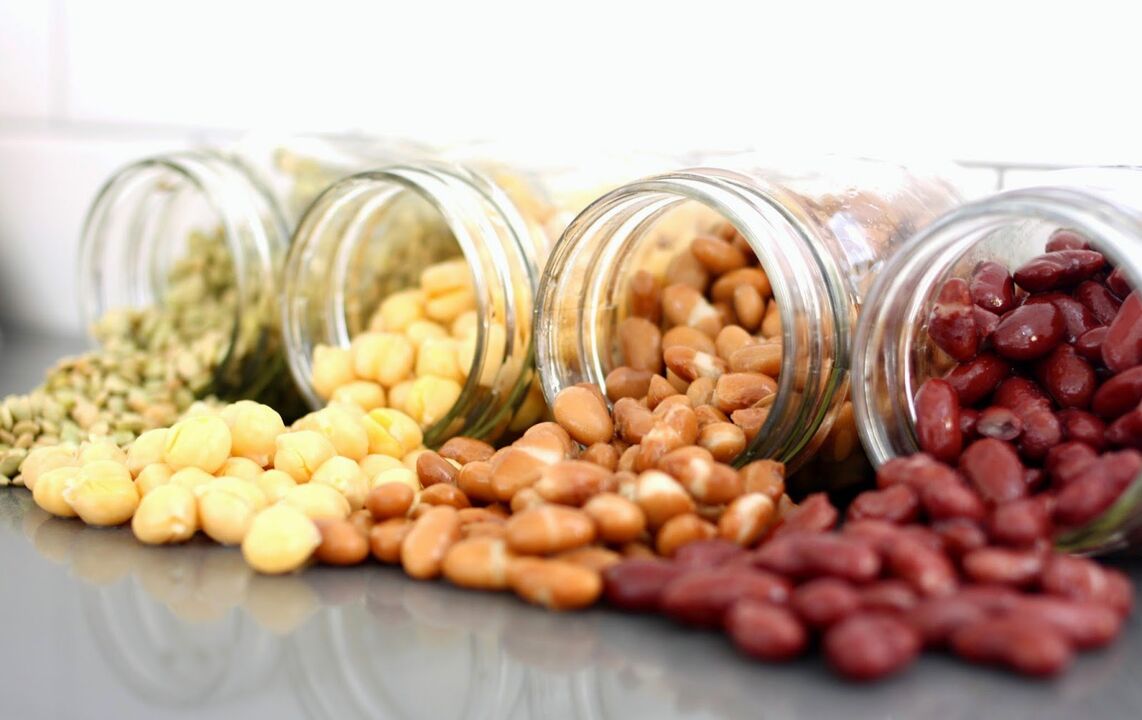
Contraindications to a protein diet
Protein diets are contraindicated in the following situations:
- Aged over 45 years old;
- tendency to form blood clots;
- kidney disease;
- Pregnant;
- Lactation.
Protein Weight Loss Diet: This Week's Menu
The Protein Weight Loss Diet includes the following menu for this week.
first day
- breakfast:It might include cheese or brown rice and chicken, and you can also have tea or coffee.
- Lunch:You can eat an apple.
- dinner:You can eat cooked brisket with a slice of whole wheat bread.
- Afternoon tea snacks:A little natural yogurt.
- dinner:May include poultry or fish and a green salad.
the next day
- breakfast: You should eat yogurt and drink tea.
- Lunch:Have a few cheesecakes without sugar or orange.
- dinner: You can have beef or turkey.Stewed vegetables are suitable as a side dish.
- Afternoon tea snacks: You can drink kefir.
- dinner:Eat grilled fish and vegetables.
The third day
- breakfast:Worth it for three squirrels or cheese.Beverages include tea or coffee.
- Lunch: You can use any fruit except bananas.
- dinner:I need to make broth.Turkey also goes well with cooked brown rice.
- Afternoon tea snacks:Eat an apple.
- dinner:The coleslaw and beef are worth a try.
Day 4
- breakfast:May include buckwheat porridge with milk.
- Lunch:May include grapefruit.
- dinner:The asparagus and chicken tenders are worth a try.
- Afternoon tea snacks:You should drink a glass of fermented roasted milk.
- dinner:May include vegetables and boiled fish.
fifth day
- breakfast:You should eat boiled chicken with cabbage and cucumber salad.
- Lunch:Might consist of an apple and an orange.
- dinner:You should have steamed fish or vegetable soup.
- Afternoon tea snacks: May include natural yogurt.
- dinner:Beef and green salad will do.
The sixth day
- breakfast:You should eat a protein omelette and drink tea or coffee.
- Lunch: Any citrus fruit will do.
- dinner:You can have veal or chicken cutlets and vegetables.
- Afternoon tea snacks:It’s worth having a glass of kefir.
- dinner:May include grilled fish and salad.
Day 7
- breakfast: Worth the cheese.Tea or coffee is also acceptable.
- Lunch:You can eat an apple.
- dinner:You can eat beef and vegetable soup.
- Afternoon tea snacks:Curd cheese.
- dinner:May include poultry and green salad.
If you follow this nutritional system, you should eat 4-6 meals a day.The first meal should be half an hour after getting up.You need to eat dinner 3 hours before going to bed.During the day you should drink 1.5 liters of water.
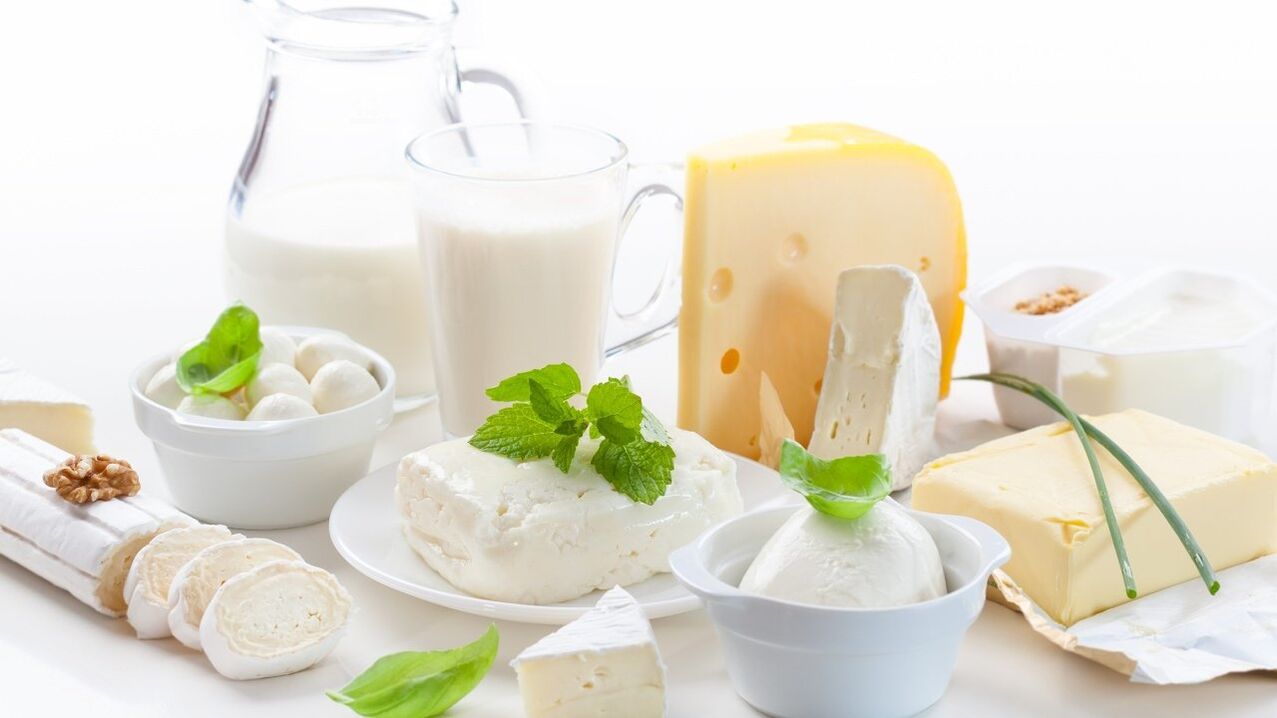
14-day protein diet: menu
If you are planning a 14-day protein diet for weight loss, you should focus on the following menus:
- Food should be consumed 5-6 times a day.It is recommended to do it half an hour after getting up for the first time and 3 hours before going to bed for the last time.Carbohydrates may be consumed before 2 pm.
- Breakfast can include a serving of complex carbohydrates.For this, you need 4 tablespoons of cooked cereals - oatmeal, buckwheat, brown rice.Eating a piece of whole wheat bread is also acceptable.Also, eat some protein - 100 grams of boiled fish fillet, 30 grams of nuts, 1 egg, yogurt.
- Fruit should be eaten as a snack during the first half of the day.Apples, tangerines or oranges are a good choice.
- In the afternoon, protein foods should be combined with non-starchy vegetables.These include tomatoes, cucumbers, lettuce, cabbage.
- It is recommended to use 30 g of vegetable oil for dressing salads.The rest of the products are prepared without adding oil.
protein diet recipes
In order for such a nutritional system to be beneficial, the recipes of the protein diet must be tasty and varied.
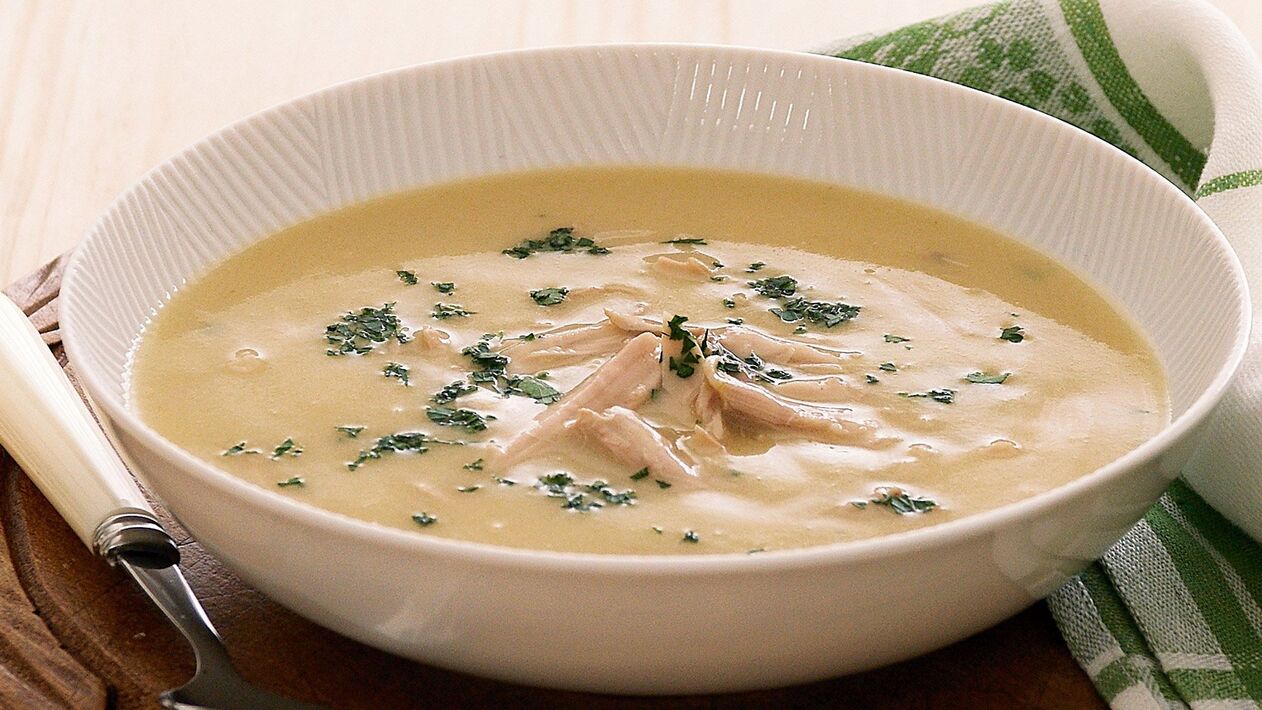
Egg cream soup
For this recipe you will need:
- 300 g spinach;
- 400 g chicken tenders;
- 2 eggs;
- 150ml milk;
- Spices, salt, parsley.
Prepare:
- First, boil the meat in 2 liters of water.
- Then take it out and cut into cubes.
- Add chopped spinach to broth and cook until tender.
- Pour the soup into a blender, add the milk, meat and eggs and blend until creamy.
- To serve, garnish the egg cream soup with parsley and hard-boiled eggs.
protein salad
To prepare, you need:
- 3 eggs;
- 400 grams of Chinese cabbage;
- 1 piece of chicken fillet;
- 1 cucumber.
come on:
- Salt;
- natural yogurt;
- mustard.
Prepare:
- Grind all ingredients.
- Mix seasonings in another bowl.
- Pour the mixture into the salad and stir well.
- Protein salad can be sprinkled with lemon juice before serving.
protein ice cream
To prepare, you need:
- 1 package low-fat cottage cheese;
- half an orange;
- 1 apple;
- vanilla.
Prepare:
- Slice oranges and apples.
- Mix fruit with cheese.
- Add a little vanilla extract and stir until smooth.
- Chill in refrigerator for 30 minutes.The finished dessert tastes like a popsicle.
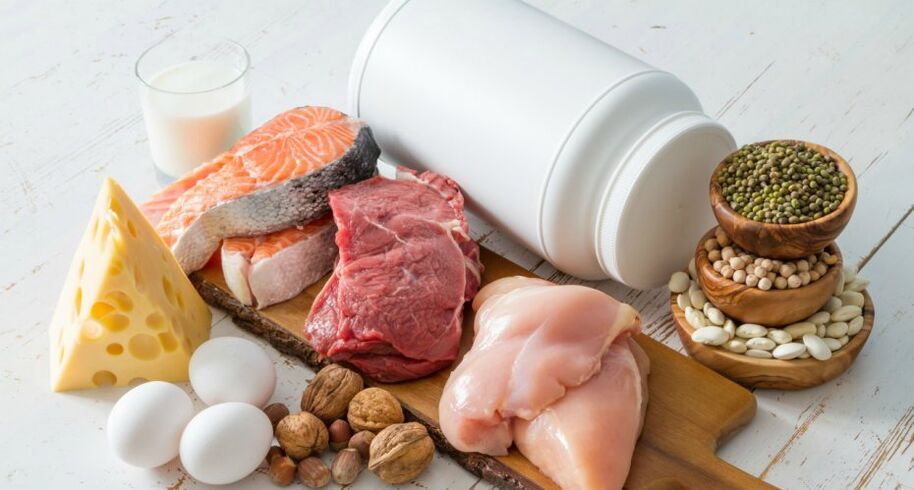
Quit protein diet
In order to record the results obtained, it is necessary to withdraw from the protein diet correctly.
To do this, it is recommended to follow the following rules:
- Within two weeks of completing the diet, you should give up sweets and fatty foods.In this case, preference should be given to lighter dishes.If it's hard to avoid eating sweets, you can add a spoonful of honey to your oatmeal.
- Drink unsweetened tea.You need to eat grains and low-fat dairy products.
- It is recommended to eat vegetables and lean meat for lunch.Good choices are fish, beef, and chicken.You can also eat various stews.Eating fruits is also helpful.For drinks, you can choose green tea or herbal tea.Eggs are great.
- Dinner can be light.A good option is a green salad with boiled eggs or a piece of meat.If you feel severely hungry before going to bed, drink 250 ml of low-fat kefir.
- Among sweets, honey and fruits should be preferred.You can also eat yogurt.In any case, such products should be consumed during the first half of the day.
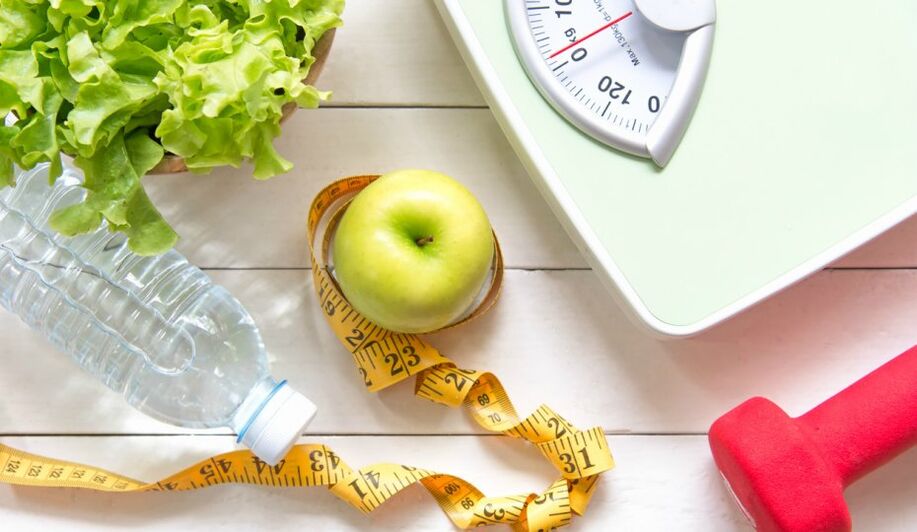
Protein Diet: What Nutritionists Say
Nutritionists speak positively of protein diets for weight loss:
- "The main advantage of this diet is that it provides a feeling of fullness. At the same time, protein foods can quickly eliminate excess weight. Disadvantages include loss of skin elasticity and the risk of impaired kidney function."
- "Any dietary restrictions must be treated very responsibly. Vegetables and fruits should not be completely excluded from the diet. Only in this way will it be possible to lose weight without damaging your health."
Protein diet is a popular nutritional system that helps to eliminate excess weight and energize the body.In order to achieve good results and avoid negative consequences, you must strictly adhere to the recommendations of a nutritionist.Before following the diet, be sure to read the list of contraindications.























